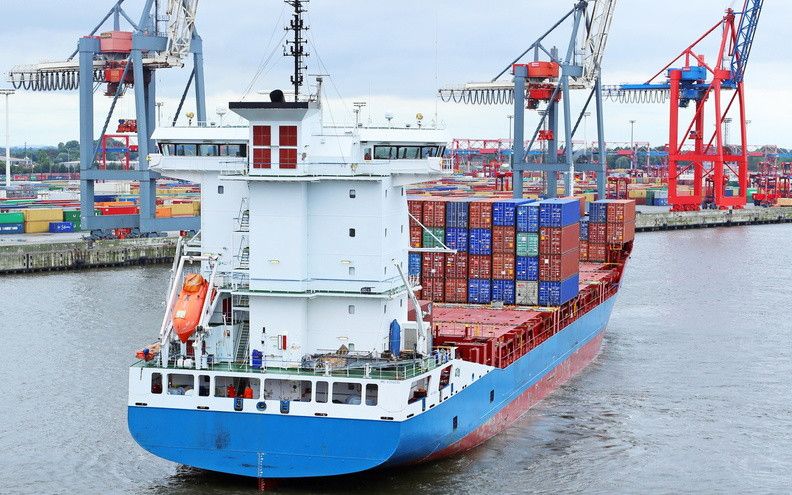The share of services in international trade has grown steadily, and a recent study by the World Trade Organization (WTO) concluded that trade in services has grown faster than trade in goods.
Since 2005, international trade in services has grown by 5.4% a year, on average, while trade in merchandise has grown 4.6%.
Trade in information technology and research and development services is the one that has seen the fastest annual growth in the last 10 years, according to WTO data.
Many developing economies are becoming increasingly service-oriented, and their share of world trade in services has grown by more than 10 percentage points since 2005.
However, trade in services is concentrated in five developing economies – China; Hong Kong, China; India; Republic of Korea and Singapore-, which in 2017 accounted for more than 50% of developing economies’ trade in services.
International trade in services can help countries boost economic growth, increase the competitiveness of their businesses, and promote inclusiveness.
Furthermore, according to the WTO, it can help women and micro, small and medium-sized enterprises (MSMEs) to play a more active role in world trade, particularly in developing economies, thus helping to reduce economic inequality.
International Trade
When MSMEs in developing countries start to export services, they are, on average, two years more recent than manufacturing companies. However, at present, they export less than 15% of total sales.
Services are also the main source of employment for women, although the service sectors that generate the majority of female employment have typically been the least commercially active.
Despite falling 9% between 2000 and 2017, the costs of international trade in services are still higher than those of merchandise trade, largely because of limited possibilities to supply certain services across borders, and because many services sectors are highly regulated.
Still, digital technologies increasingly enable cross-border trade in services that traditionally required face-to-face interaction, thus reducing the cost of trade in services.
International cooperation
Along with climate change, rising incomes and demographic changes, technology is one of the main factors that are expected to affect trade in services in the future.
Thanks to lower trade costs and less need for face-to-face interaction due to digitization, the share of services in world trade could increase by 50% by 2040, according to the WTO world trade model.
Furthermore, if developing countries succeed in adopting digital technologies, their share of global services trade could increase by around 5% by 2040, again according to the model.
These results also depend on reducing policy obstacles to international trade in services.
However, these obstacles – mainly regulatory measures – are much more complex than in merchandise trade.
For trade in services to become a powerful engine for economic growth, development and poverty reduction, the WTO believes that international cooperation will have to be intensified and new ways to boost trade cooperation and make services a central element will have to be found. of trade policy.
![]()

